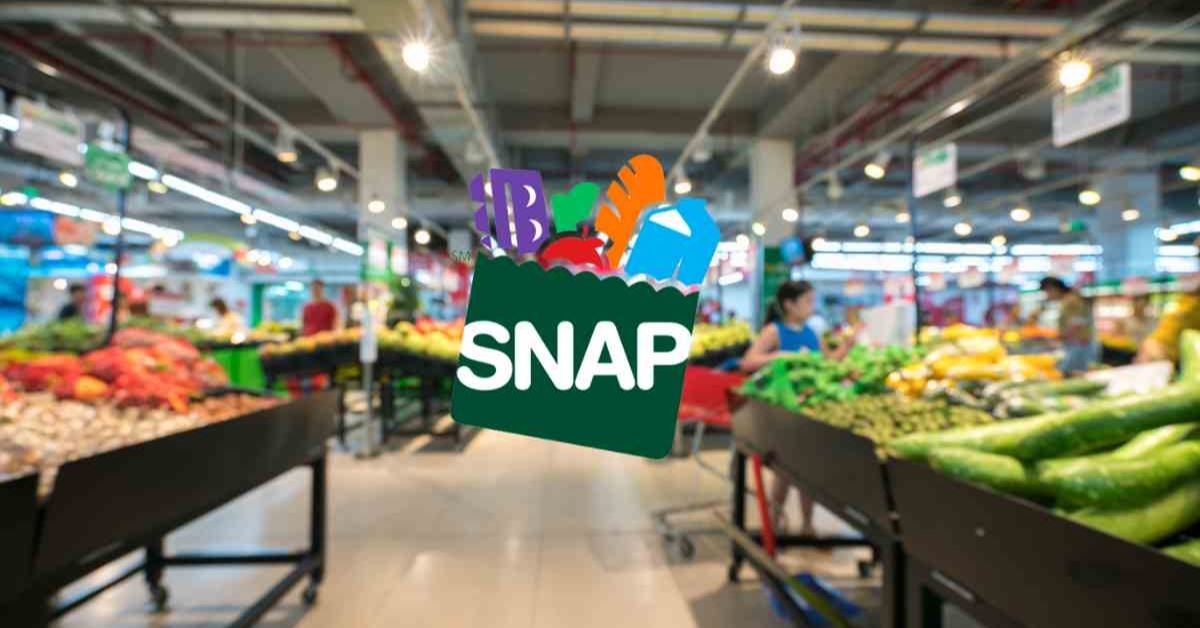The Supplemental Nutrition Assistance Program (SNAP) serves as a lifeline for millions of low-income families across the United States, helping them afford basic, nutritious food. Overseen by the U.S. Department of Agriculture (USDA), SNAP ensures that even the most vulnerable populations have access to the sustenance they need. This article explores how the program operates, who is eligible, and how individuals can apply.USDA
What is SNAP and How Does It Work?
This Article Includes
SNAP, previously known as the “food stamp” program, is the largest federal nutrition assistance initiative in the U.S. It provides beneficiaries with funds to purchase food, with the aim of supporting a balanced diet. Instead of paper vouchers, which were phased out in 2014, the program now uses Electronic Benefits Transfer (EBT) cards. These cards function like debit cards, allowing recipients to shop at authorized grocery stores, supermarkets, and other approved vendors.
While SNAP funds are restricted to food purchases, beneficiaries can buy a variety of items, including fruits, vegetables, meats, dairy, bread, and cereals. However, non-food items—such as alcohol, tobacco, and household supplies—cannot be purchased using SNAP benefits. This focus ensures that the program strictly improves recipients’ nutritional intake.
Who is Eligible for SNAP?
Eligibility for SNAP is determined primarily by household income, but other factors are considered as well, such as the size of the household and the financial assets a household may have. The program is designed to support families and individuals whose income falls below a certain threshold, ensuring they have enough resources to purchase food.
Additionally, each state has some discretion in adjusting eligibility requirements based on local conditions. As a result, it’s important for individuals to consult their local SNAP office to understand the specific criteria that apply in their region.
One of the key features of SNAP is its inclusivity. Even those without a fixed address or those living in unstable conditions, like the homeless, are eligible to receive benefits. This ensures that food security is within reach for all individuals, regardless of their housing situation.
How Are SNAP Benefits Calculated?
The amount of aid provided through SNAP is calculated based on several factors. The size of the household is a critical determinant, as larger families will typically require more support. Income, essential expenses (such as rent, utilities, or medical costs), and savings are also taken into consideration.
While SNAP benefits provide crucial assistance, many households may still need to use part of their own income to fully meet their food needs. The program aims to supplement, not entirely replace, a household’s food budget.
How to Apply for SNAP Benefits
Applying for SNAP benefits is relatively simple, though the exact process varies by state. The first step is to contact the local SNAP office, where representatives can guide applicants through the necessary steps. Many states also offer online applications, streamlining the process for those with internet access.
Applicants must provide documentation proving their financial situation, including proof of income and expenses. Once the application is submitted, it may take a few weeks to process. Upon approval, recipients will receive their EBT card, which they can start using immediately to purchase food.
Conclusion
SNAP is a vital program that helps millions of Americans gain access to nutritious food, improving both their health and quality of life. With its flexible eligibility criteria and targeted support for those in need, SNAP plays a critical role in alleviating food insecurity in the U.S. Whether you’re facing financial hardship or just looking for more information, the local SNAP office is the best place to begin the journey toward securing food assistance.







Leave a Reply